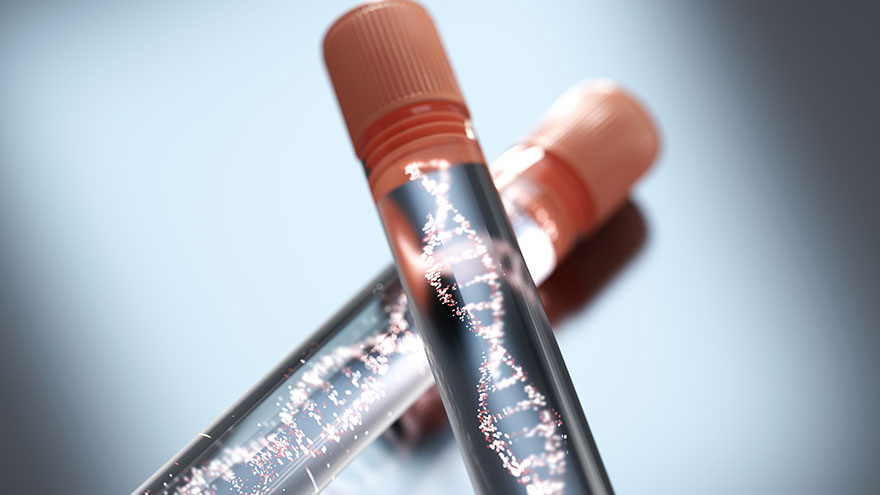Paternity Testing Methods
Establishing paternity helps a potential father or mother know for certain the parentage of a child. It’s important to ensure the well-being of the child, and also provides her with legal benefits such as social security and inheritance.
There are multiple methods that can determine parentage. There is no waiting period after birth to determine paternity. In fact, paternity can be established while the mother is pregnant.

Amniocentesis
One form of paternity testing that can be done while the baby is still in the uterus is an amniocentesis. It’s done during the second trimester of pregnancy.
During an amniocentesis, a doctor inserts a long needle into the uterus and removes a small amount of amniotic fluid. There are risks to the procedure, such as a small risk of miscarriage, bleeding and cramping.
CVS
Another invasive method of paternity testing is the chorionic villus sampling, referred to as CVS. To conduct this test, the doctor inserts a small tube or needle into the vagina and through the cervix to obtain tissue that is on the wall of the uterus.
This tissue came from the fertilized egg and thus can be tested for paternity. The CVS test can be done after approximately 10 weeks of the pregnancy.
Buccal
The easiest way to test for paternity is with a buccal swab sample. This can be done on anyone at any age, but cannot be done before someone is born. The buccal swab is an ideal way to test for paternity as it’s fast, painless and non-invasive.
It is also just as accurate as other methods, including blood samples. The buccal swab involves taking a swab from inside the cheek of the child and one from the person that is being tested for paternity.
Blood
A blood test is an accurate paternity testing method. It is also relatively easy and quick, just slightly invasive. A blood test can’t be done while the mother is pregnant with the child. Blood is taken from the child and also from the man being tested. This paternity testing method garners quick results.

